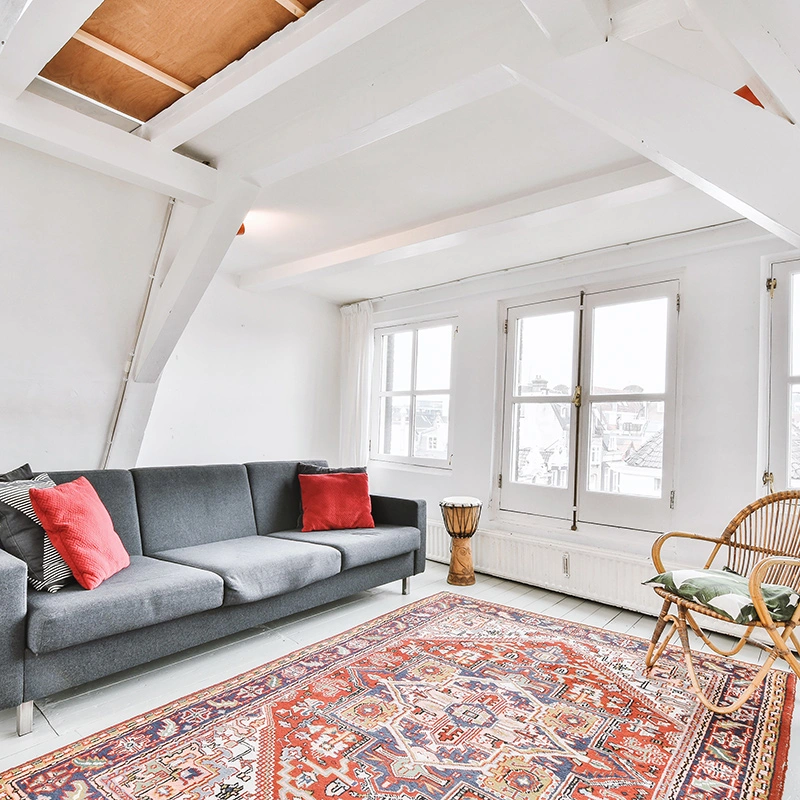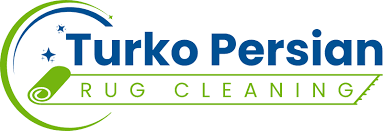How Often Should I Vacuum a Persian Rug?

Persian rugs are known for their exquisite craftsmanship, vibrant colors, and intricate designs. However, maintaining their beauty requires proper care and cleaning. One common question rug owners ask is how often they should vacuum their Persian rugs. Vacuuming helps remove dirt and debris, but too much or too little vacuuming can affect the rug’s longevity. If you live in Berkeley and are looking for expert tips on maintaining your Persian rug, visit our Oriental Rug Cleaners Berkeley page, where we offer professional cleaning services designed to protect your rug’s delicate fibers.
The Importance of Regular Vacuuming
Regular vacuuming plays a key role in maintaining the cleanliness and appearance of a Persian rug. Dirt, dust, and debris can become embedded in the fibers, especially in high-traffic areas. Over time, this buildup can lead to wear and tear, causing the rug’s colors to fade and the fibers to weaken. Vacuuming removes surface dirt and prevents it from becoming ingrained in the rug’s foundation.
However, it’s important to avoid over-vacuuming or using the wrong vacuuming techniques, as this can lead to damage. Persian rugs are often made from natural fibers like wool, which are more delicate than synthetic carpets. If you’re asking, “Is it OK to vacuum an Oriental rug?” the answer is yes, but with caution.
How Often Should You Vacuum Your Persian Rug?
The frequency with which you vacuum your Persian rug depends on a few factors:
- Foot Traffic:
If your Persian rug is placed in a high-traffic area, such as a living room or hallway, it will accumulate more dirt and should be vacuumed more frequently. For high-traffic areas, vacuuming once a week is usually sufficient to keep the rug clean. - Location:
Rugs in low-traffic areas, such as bedrooms or formal dining rooms, don’t need to be vacuumed as often. In these cases, vacuuming every two to three weeks should be enough to maintain the rug’s condition. - Seasonal Factors:
During certain times of the year, like spring and summer, dust and allergens tend to accumulate more quickly. If you notice that your rug is collecting more dust than usual, you may want to increase the frequency of vacuuming during these months.
Best Practices for Vacuuming a Persian Rug
To protect your Persian rug and ensure its longevity, follow these best practices for vacuuming:
- Use a Low-Suction Setting:
Persian rugs are made from delicate natural fibers, so it’s important to use a vacuum with adjustable suction settings. Always opt for the lowest suction setting to avoid pulling on the fibers or causing fraying. - Turn Off the Beater Bar:
Most vacuums have a beater bar or rotating brush designed to agitate dirt from carpets. However, this feature can be too aggressive for Persian rugs, potentially damaging the fibers. Make sure to turn off the beater bar when vacuuming your rug. - Vacuum Both Sides of the Rug:
To ensure a thorough clean, vacuum both the front and back of your Persian rug. Vacuuming the back helps loosen dirt that may be trapped deep in the rug’s fibers. After vacuuming the back, gently shake out the rug to remove any remaining dust before vacuuming the front. - Avoid Vacuuming the Fringes:
The fringes of a Persian rug are delicate and can easily become tangled in the vacuum. Instead of vacuuming over the fringes, lift them out of the way or clean them separately with a soft brush.
When to Seek Professional Cleaning
While regular vacuuming helps keep your Persian rug clean, it’s not a substitute for professional cleaning. Over time, dirt and debris can become deeply embedded in the rug’s fibers, leading to a dull appearance and potential damage. Professional rug cleaning removes these contaminants, restoring the rug’s vibrancy and extending its lifespan.
At Turko Persian Rug Cleaners, we offer specialized cleaning services for Persian rugs. Our gentle, pH-balanced cleaning solutions are designed to preserve the rug’s delicate fibers while removing deep-seated dirt and stains. To learn more about our services, visit our Oriental Rug Cleaners Berkeley page.
Signs That Your Persian Rug Needs Professional Cleaning
Even with regular vacuuming, there are certain signs that indicate your Persian rug may need professional cleaning:
- Visible Stains: If your rug has visible stains that can’t be removed with spot cleaning, it’s time to call in a professional.
- Lingering Odors: If your rug develops a musty or stale odor, this could indicate the presence of mold or mildew, which requires professional cleaning to address.
- Faded Colors: If the colors of your Persian rug appear dull or faded, a professional cleaning can restore its vibrancy and remove built-up dirt and debris.
- Fraying or Shedding: Excessive fraying or shedding may indicate that the rug’s fibers are deteriorating. Professional cleaning can help remove debris and protect the fibers from further damage.
How Often Should You Have Your Persian Rug Professionally Cleaned?
In general, we recommend having your Persian rug professionally cleaned every one to three years, depending on its location and the amount of foot traffic it receives. Rugs in high-traffic areas may require more frequent cleaning, while rugs in low-traffic areas can go longer between professional cleanings.
Professional cleaning not only removes deep-seated dirt and stains but also helps protect the rug’s fibers and colors, ensuring that your Persian rug remains in excellent condition for years to come.
Maintaining Your Persian Rug with Proper Care
In conclusion, vacuuming your Persian rug is essential for keeping it clean and free from dirt and debris. However, it’s important to vacuum with care and at the appropriate frequency. For high-traffic areas, vacuuming once a week is recommended, while rugs in low-traffic areas may only need to be vacuumed every two to three weeks. In addition to regular vacuuming, be sure to schedule professional cleaning every one to three years to preserve the beauty and longevity of your rug. Contact us to schedule a professional cleaning service.
